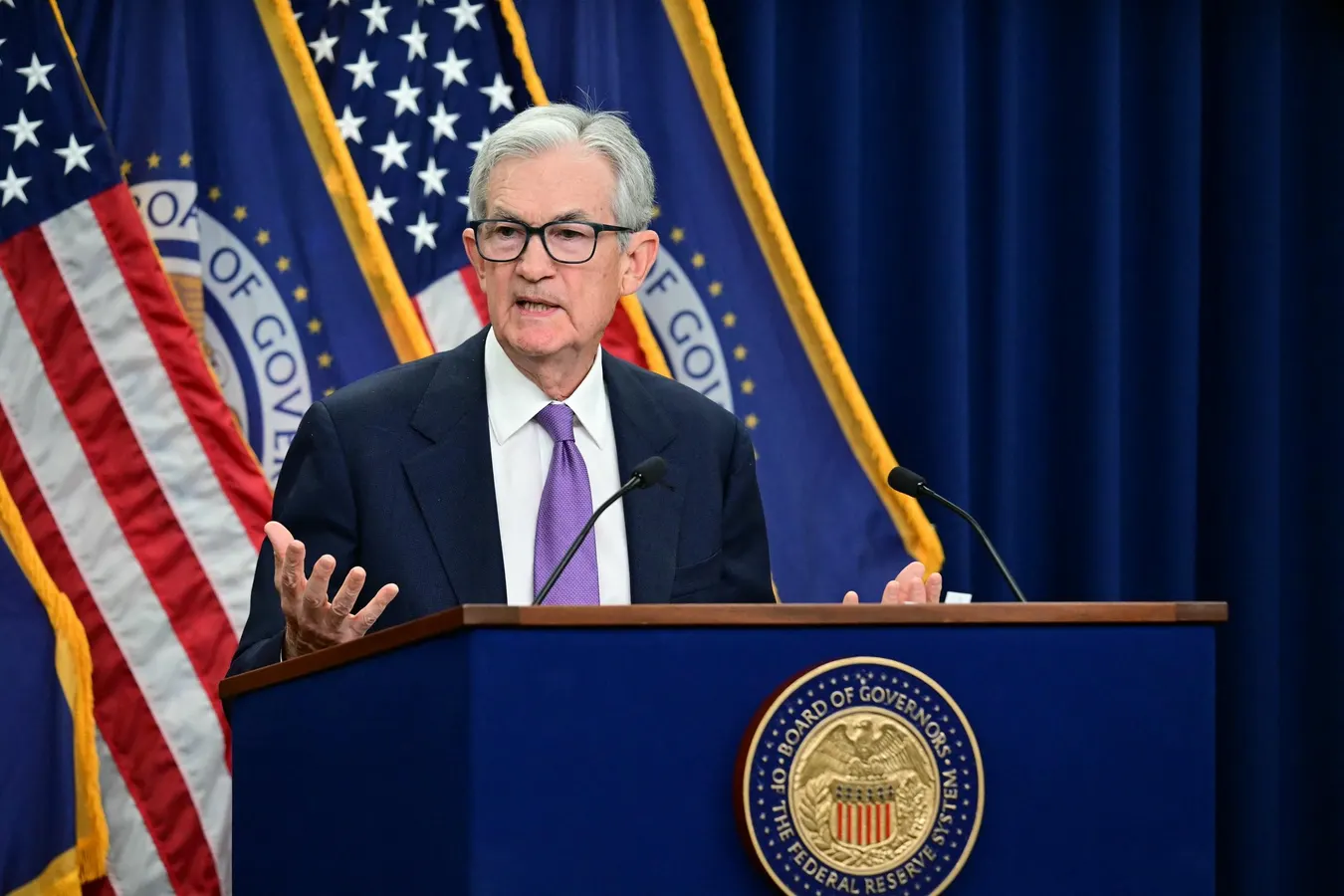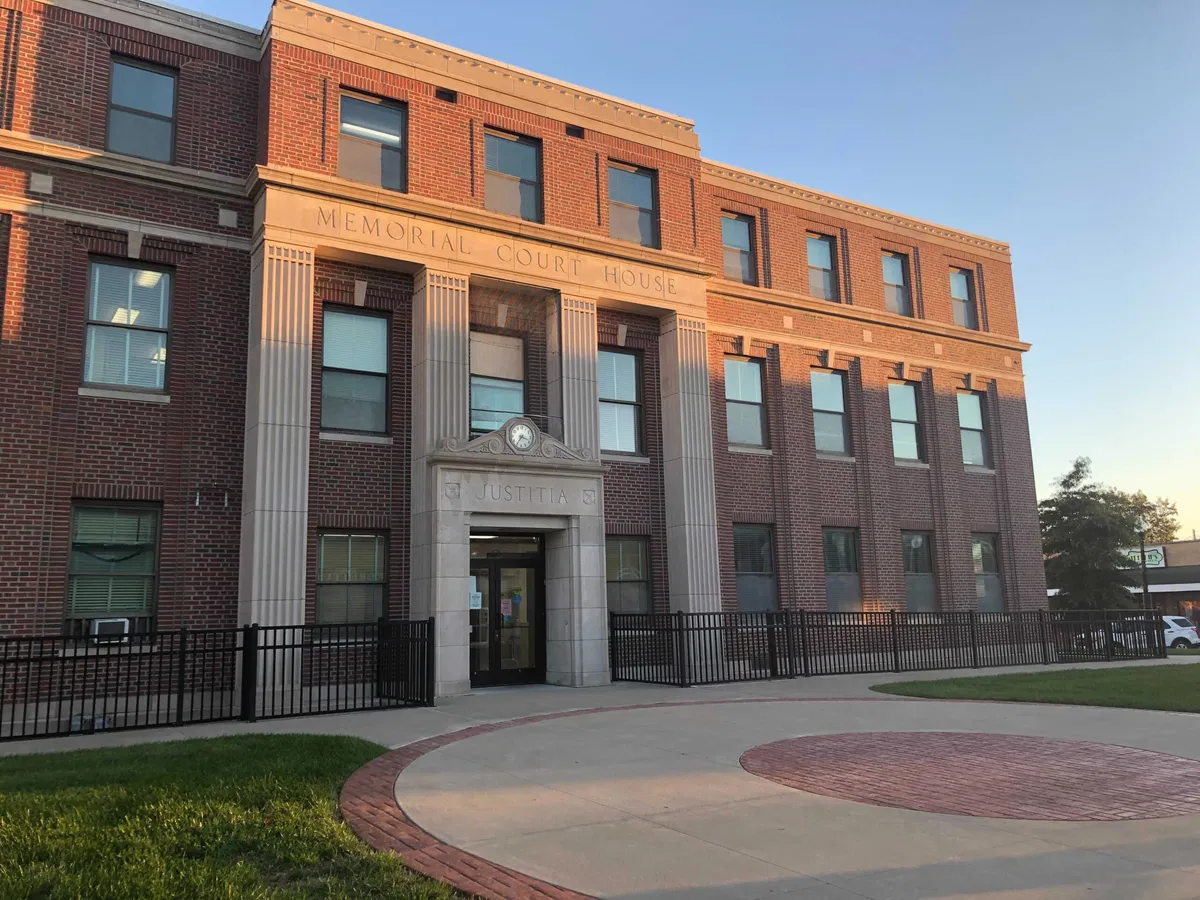Copyright forbes

WASHINGTON, DC —Federal Reserve Chair Jerome Powell speaks during a press conference at the end of a Monetary Policy Committee meeting on Oct. 29, 2025. The Fed announced its second consecutive quarter-point rate cut to bolster the flagging labor market. (Photo by JIM WATSON/AFP via Getty Images) AFP via Getty Images The Federal Reserve announced a widely anticipated quarter-point (25 basis point) interest rate cut on Wednesday, Oct. 29, after the Federal Open Market Committee (FOMC) meeting. The decision brings the benchmark rate to a range of between 3.75% to 4%. It’s the second time that the Fed has lowered interest rates since President Trump returned to the White House on January 20, 2025. Trump has been persistent in calling on Federal Reserve Chair Jerome Powell to cut rates since he started his second presidential term. Analysts had predicted a 25-basis-point drop in the benchmark federal funds rate, which is the interest rate at which commercial banks lend their reserves to other banks overnight. The FOMC sets this rate, which influences other interest rates throughout the economy, including small business loans. By lowering this rate, the Fed can help spur borrowing and spending to manage inflation and influence the economy. While inflation ticked up slightly in September to 3%, a full percentage point higher than the Fed’s target 2% inflation rate, it is much lower than it was in June 2022, when inflation was 9.1%. However, Chair Powell has two oft-stated goals: a 2% inflation rate and full employment. This decision indicates that the central bank is concerned about signs of a softening labor market and economic uncertainty that has arisen because of the federal government shutdown. Chair Powell also addressed tariffs and their impact on the U.S. economy. “Tariffs are pushing up prices in some categories of goods, resulting in higher overall inflation. A reasonable base case is that the effects on inflation will be relatively short lived, a one time shift in the price level,” he said. “It is also possible that the inflationary effects could instead be more persistent, and that is a risk to be assessed and managed.” MORE FOR YOU “Our obligation is to ensure that a one time increase in the price level does not become an ongoing inflation problem,” Powell added. 1. The Interest Rate Cut Helps Small Business Owners Seeking Financing Obviously, it means a cheaper cost of capital for businesses that need money for investment and/or expansion, hiring staff, or event covering expenses resulting from the revenue losses related to the government shutdown. Related: 3 Reasons Why The Government Shutdown Is Hurting Small Businesses For business owners who are planning to expand, purchase equipment, and invest in their companies during the 4th quarter and in 2026, the rate cut is welcome news. It means more access to capital that might have been too expensive or unavailable previously. This is a positive situation for banks, too, because lower interest rates can stimulate loan demand. Small Business Loan Form Tax man work application form loan 2. The Interest Rate Cut Lowers The Cost of Existing Debt Since a large percentage of small business loans are variable loans, the Fed’s decision to cut the federal funds rate bring down the cost of existing debt. When the Fed cuts rates, commercial banks will lower their prime lending rates. It also means that the interest on credit cards will do down. Cash flow improves and earnings go up for small businesses when their cost structures are reduced. 3. The Interest Rate Cut Could Boost Consumer Demand A lower cost credit impacts consumers, as well as small businesses. Homeowners with adjustable rate mortgages will see their payments go down, which leaves consumers with more disposable income to spend. This, of course, is a welcome development for retailers, service providers, restaurants, hotels, and related industries. If Americans are willing to spend more during the holiday season, it’s a bonus for small business owners. 4. The Benefits of an Interest Rate Cut Boost Business Confidence Lower interest rates and increased consumer demand can provide both an economic and psychological lift for small businesses. Despite a slight drop in the NFIB’s Small Business Optimism Index for September, confidence among business owners is still running higher than the 52-year average. Most owners consider their own business to be healthy at the moment, but they do have concerns about rising inflationary pressures, lower sales expectations, and labor market challenges. “Although uncertainty is high, small business owners remain resilient as they seek to better understand how policy changes will impact their operations,” said NFIB Chief Economist Bill Dunkelberg. Despite worries over tariffs and other rising costs, small business earnings have climbed in 2025. Biz2Credit’s monthly Small Business Earnings Report found that average monthly earnings increased to $105,100 in September 2025 – an increase of $3,300 over August’s average earnings of $101,800). This continues a positive upswing since the beginning of the year. The monthly Biz2Credit study, which summarizes primary data of companies that applied for funding each month, found that average monthly revenue increased to $688,000 in September, a $26,600 jump from August’s figure of $661,400. However, it is important to note that average monthly expenses increased from $559,600 in August to $582,900 in September. The good news is that revenue growth is outpacing cost increases. Fortunately, 2025 continues to be the year of resilience for America's small businesses. From erratic changes to tariff policy, adjusting to new interest rates, and the continued sting of lingering inflation, small businesses continue to thrive. However, the wild card this year is the federal government shutdown. Right now is the worst time for the shutdown to happen – just as they business owners are preparing for the holiday season. Since the shutdown began and SBA lending slowed, small businesses have been forced to borrow expensive, short-term money. Many companies that rely on payments from federal contracts are in a cash crunch now. More Interest Rate Cuts Ahead? With Halloween approaching, the Fed’s interest rate cut is a nice treat for small businesses, especially at a time when costs for rent, labor, insurance, and employee health benefits continue to rise. Related: Five Things That Scare Small Business Owners This October For the retail sector, restaurants, and the tourism industry, the all-important holiday season is about to begin. An interest rate cut has the potential to increase consumer spending while small businesses are able to reduce credit payments, gain better access to capital and improve their cash flow and earnings. The FOMC will reassess monetary policy again in December and consider the impact of tariffs and the ongoing government shutdown on the economy. The Federal Reserve’s policy makers must balance the risk of possibly pushing inflation up by cutting rates for the third time in 2025 vs. a softening of labor demand and continued pressure for lower interest rates from President Trump. With midterm elections looming in 2026, he is likely to continue the drum beat for more interest rate cuts. Editorial StandardsReprints & Permissions



